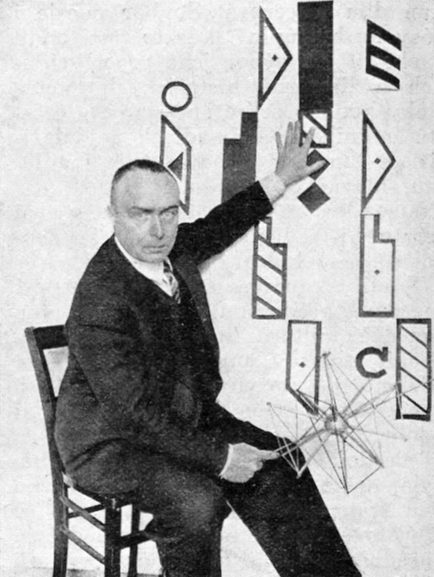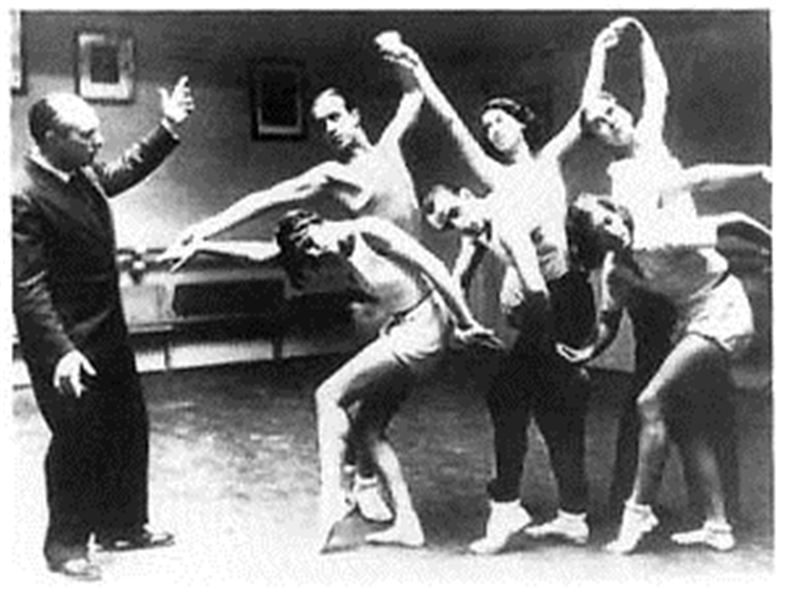Every human is a dancer.
Rudolf von Laban
Rudolf von Laban (1879-1558) was a dancer, choreographer, teacher and a visionary. For years he worked on the development of a notation system for movement, which was later called Labanotation. In order to embrace the complex phenomenon of movement his first step was to analyze movement so he could identify its individual entities and their interrelationship with each other.
The findings of his research led not only to Labanotation, but also to the structural model of movement, which goes back to my teacher Valerie Preston-Dunlop at the Laban Centre (now called Trinity Laban) in London.
The Structural Model of Movement
Starting from the Structural Model of Movement, during the 1940ies and 50ies Rudolf Laban together with Valerie Preston-Dunlop developed the curriculum for Dance Education and A-Level Dance which is still being taught at British High Schools today.

Laban Principles
The structural Model of Movement offers a diversity of creative possibilities for all of us, no matter in which movement genre we‘re working in. It supports us beyond our concept and materialization of our practical dance and movement work in a variety of manners and develops our theoretical as well as practical capacity.
Scale
Rudolf Laban‘s work has inspired and supported me as an artist as well as a teacher. I learnt how to analyze structures in a detailed manner, understand existing desires and be able to adapt to these contexts.
For over 20 years I have been developing methods and strategies which are leading me to a deeper understanding even beyond my genre, challenge its possibilities and expand its creative implementation. With my teaching formats I support dancers, actors, directors, teachers, operasingers, Fitnesstrainers, Yoga teachers, architects and managers in their development.
Gabrielle Staiger



